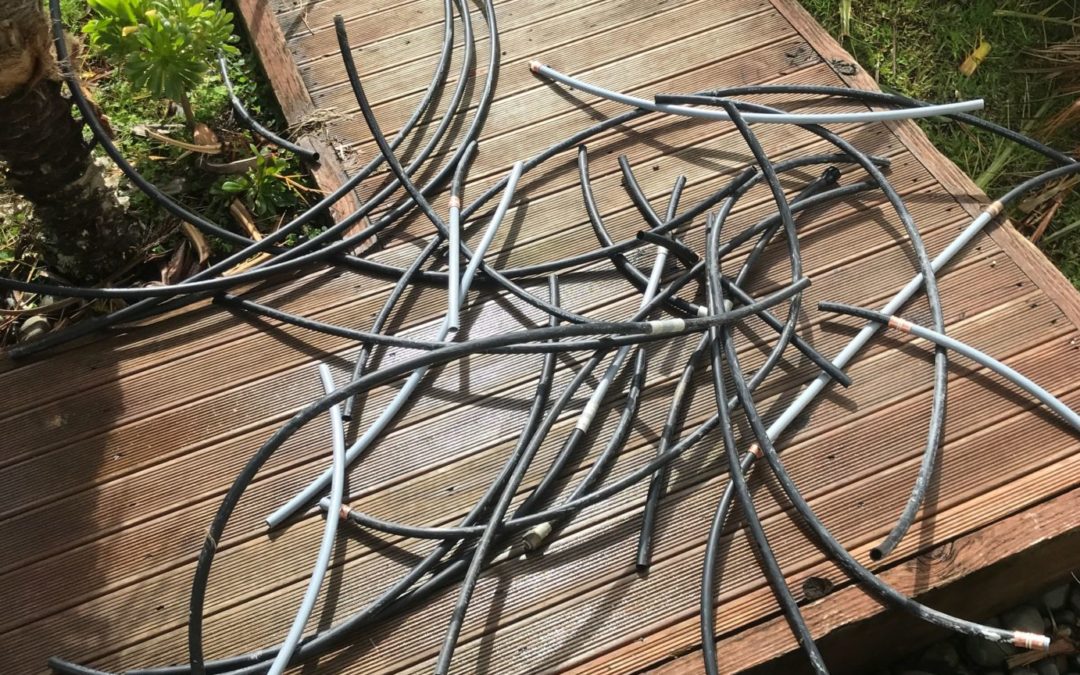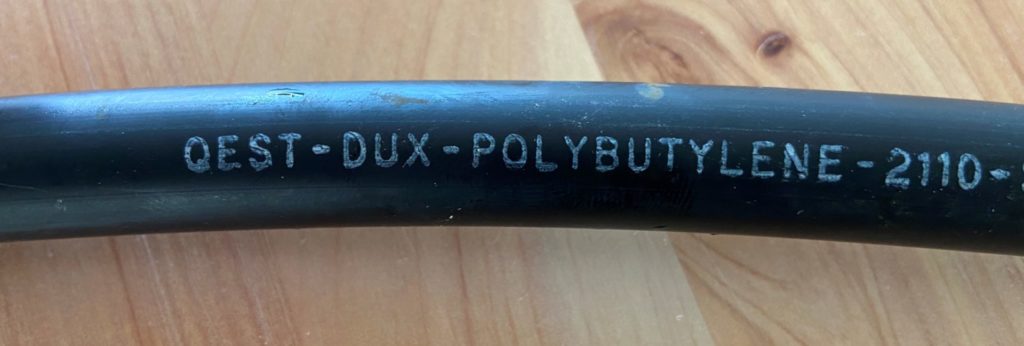Dux Qest Pipe History
Dux Qest Pipe is a subject that keeps popping up in the plumbing sector so we thought you might like to know why it is a failed product, the background to the situation, and what it might mean for you. Notorious for spontaneously failing and causing leaks throughout homes in New Zealand, Dux Qest pipes are a product you do not want in your home’s plumbing.
More than 60 years ago, all New Zealand houses used galvanised steel pipes for their water supply and distribution. But these pipes were prone to rusting. In addition, the flow of water, which contains impurities, is also abrasive. Further, the chemicals in water attack the inside galvanising of the steel pipe. So, over time, although the exterior of the galvanised steel pipe may look in order, the inside of the pipe could have started to corrode. The corrosion restricts water flow and eventually blocks the flow completely.
Consequently, by the 1960s, most plumbers moved to using copper pipes. Copper does not corrode in the same way as galvanised steel, and it is very stable in most domestic situations. But copper soon became expensive.
A Replacement for Copper Pipes
The 1970s was the era when tradespeople and designers experimented with plastic pipes. One of the new materials available was polybutylene and, using an early formulation of this material, the New Zealand manufacturer Dux Industries Limited, came up with a product known as Dux Qest.
Commonly used throughout the 1970s and 1980s, it was installed in 20,000 to 40,000 homes in New Zealand. It was used both for new houses and for replacing old galvanised pipes in existing houses during renovations.
In the late 1980s, the product hit the headlines as it began to fail in homes across New Zealand and the manufacturer withdrew the product from the market. According to NZ Herald, those with houses built from the 1990s onwards won’t find these problematic pipes in their plumbing.
Dux Qest Pipe proved to be Severely Faulty
With this early formulation of polybutylene found in Dux Qest pipes, the chlorine in the town water supply reacts with the plastic, causing it to erode and/or become brittle. Dux Qest pipe is known for splitting or becoming loose, and eventually, the plastic breaks down at the stress points. Most of the leaks occur either at the bends or where the pipes are crimped when they are joined together by acetyl elbows and tees. Leaks also arise from the piping itself since it splits longitudinally if under tension.
Sometimes it can be a pinhole leak, just exerting a fine spray, but this small leak can slowly become a huge mess under your floor and in your ceiling and/or walls. Or the leaks can be more substantial right from the start. When the pipes split rather than leak, it’s like a tap gushing, except it’s happening inside your walls!
How to Identify Dux Qest Pipes?
Replacement is Essential
if you have Dux Qest in your home, you may want to consider replacing it. That generally means removing the wall linings of certain walls. Access to some pipes can be difficult, particularly in two-storey houses. If you replace some of the wall linings, it can quickly become all of them. Your house insurance policy might not cover this cost, particularly if it is a known problem. So, if you are thinking of buying a house, check what type of plumbing pipes it has. It’s best to know about this issue before you buy. That way you can factor replacement and renovation costs into your purchase price.
Contact us today to discuss replacing existing pipes or inspecting your home for Dux Qest plumbing. Call Colette on 027 234 5454 or email her at admin@flowfix.co.nz


